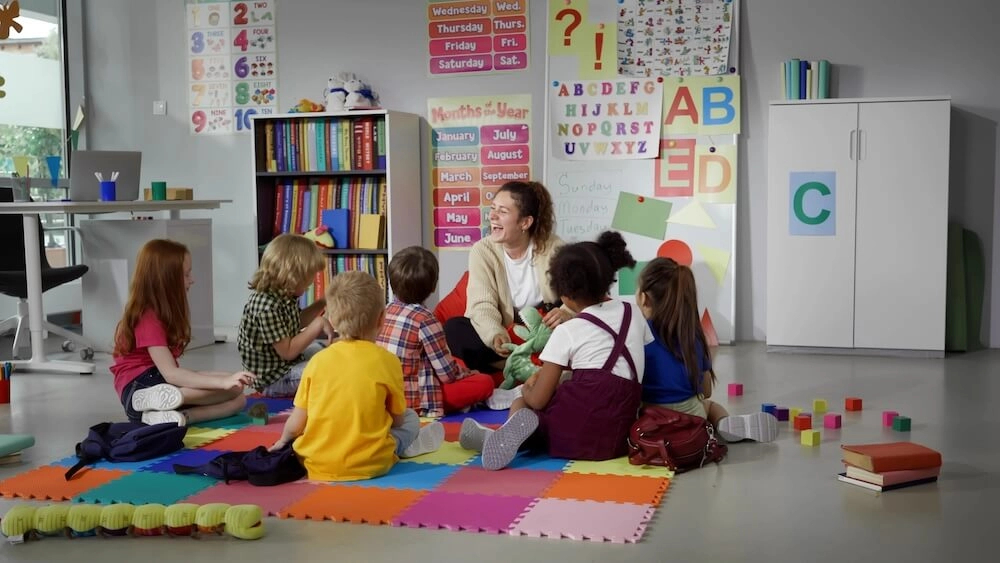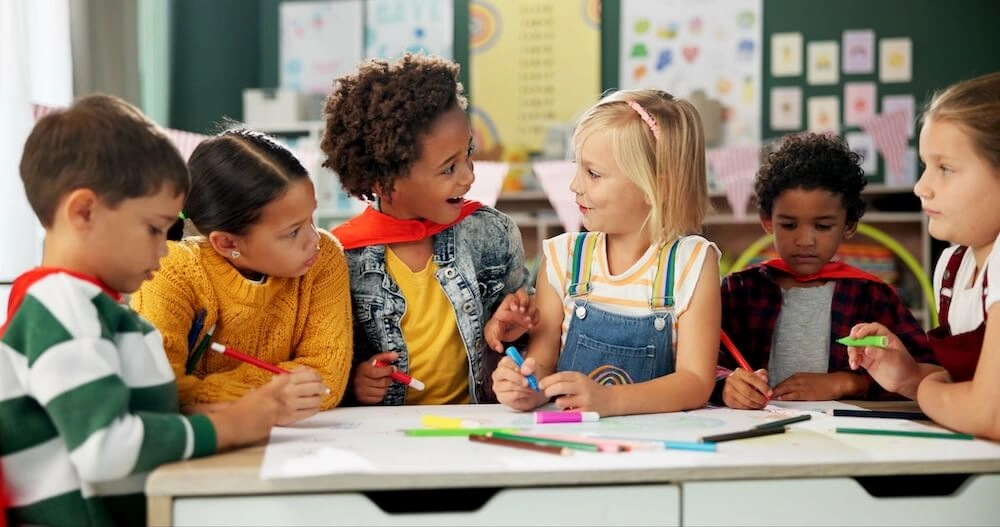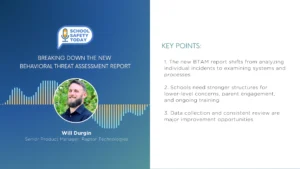Learning Essentials for Multilingual Learners
My Journey Becoming a Multilingual Teacher – And How it Can Help Your Teaching Outcomes
Before becoming an ESL teacher, I taught mainstream education – from preschool age to college level. I was lucky to teach Social Studies, Language Arts, Math, Reading, and Science.
I taught at the elementary school level for many years and loved it. I have always loved language – having studied Spanish for over a decade while focusing in on the fascinating art of Linguistics in college. Learning Spanish created more career opportunities, made travel more accessible, and exposed me to different cultures.
I did not start my career with a focus on teaching English. My first love was teaching writing and then history.
However, one day, I received a small group of students from three different countries. Each student had a unique set of challenges and needs, and for some reason, I found myself in a new place as an educator – one who could make a difference for so many students. Starting my new role an ESL teacher was an exciting and a surprising change to my career, and I was grateful for the opportunity.
I decided to return to college and get a Master’s Degree in Education, focusing on ESL – and my new journey began.
I remember the first month preparing to teach my first ESL class. I took a job in a middle school where they gave me a tiny room with about ten chairs, a rectangular desk, and one large closet filled with endless books. I did not have a set curriculum, and I was waiting to teach eight new students – all from different countries, backgrounds, and education levels.
Although it wasn’t easy, I was able to run my first ESL class with a strong level of success. I worked extra hard that year, and I learned many things along my own teaching path that could assist you in your teaching journey.
When I reflect on my early days in my first ESL classroom or when I was mentoring new multilingual teachers, the most important thing I always shared was an essential resource guide so teachers could start the school year off on the right foot.
These easy-to-use ideas and resources can make your day more manageable and enjoyable as you juggle all of your teaching responsibilities. Also, by using some of these basic ideas, you’ll find it’s a win-win for you and your multilingual students.
Not all of the resources listed below are accessible to every student. Unfortunately, we still have an issue regarding access to technology for lower-income students.
Internet Challenges in Multilingual Learning
According to an article in Forbes by Thomas McEloroy, he states, “The digital divide has been a hot-button issue for years. Although there is plenty of data to support the fact that the digital divide is alive and well, many people still do not understand the magnitude of the problem. For instance, although 87% of households have access to a computer, smartphone, tablet, or another internet-enabled device, only 73% of households have access to the internet.”
The lack of Internet services can cause a tremendous gap in language learning at home and in school. For the sake of this article, we’ll focus on the resources your school should offer – and tools you can use to improve multilingual teaching outcomes.
Multilingual Resources Every School Should Offer

Welcoming Packets in Multiple Languages for Students and Families
Every school should provide a booklet with basic information about the school, important contacts, and key phrases in English with translations. In these packets, families should also find simplified school forms in their native languages. School forms should also have visual aides to grasp comprehension.
Multilingual Signs Throughout the School
Multilingual signs throughout the school should be posted for basic assistance so students and parents can find critical locations throughout the school – including student’s assigned classes, restrooms, the cafeteria, and the main office.
Cultural Orientation Sessions
Schools should offer welcoming sessions to newcomers and their families that explain cultural norms, school rules, and classroom expectations. Also, a great way to welcome new families to your school district is to have a world map visible with push pins indicating students’ countries of origin.
Translation Services
Schools should provide translators for early year school events such as registration and orientation, for parent-teacher conferences, and for any other important school events. If the school cannot afford a translator, often times, the bilingual or dual-language teacher can help out when necessary.
Multilingual Resource Room
A multilingual room can be a dedicated space with materials tailored for multilingual students you can include things such as games, puzzles, and interactive learning tools. This room could also be used as a place where multilingual students can come together for not only learning-but for social events too. Teachers can use this room to help students have a ‘base’ or ‘home’ within the school when they are facing any social difficulties. Finally, you can use this room for tutoring and after-school activities.
Library Access
Schools should offer a well-stocked library with books in various languages, picture books, bilingual books, along with appropriate level English learning resources.
Technology Resources
Schools with Internet access should offer computers or tablets with language learning apps, dictionaries, and translation tools. Also, many companies are providing Broadband services to lower-income students since the pandemic. Schools should find a strong partnering service for Internet access at home – especially for multilingual learners who may not have access.
Language Lab
If available, schools should provide access to a language lab for listening and speaking practice. A language lab can also be used for tutoring and extra practice after school.
After-School Programs
Clubs or groups that focus on language development through fun activities like drama, debate, music, or art are great after-school programs for multilingual students. Also, if a school can provide cultural clubs where students can meet like-minded peers – it can make it a little easier assimilate to their new culture when they have friends from the same background. Also, schools should encourage students to attend different cultural based clubs so they can make friends, learn about different cultures, socialize, and become part of their new community quicker.
Multicultural Events
School events that celebrate different cultures can provide a sense of belonging for students and their families. These events can bring people together in ways to build new relationships, friendships, smaller communities, and can accelerate the assimilation process.
Classroom Essentials for Multilingual Learners

Buddy System
The second a new student arrives, multilingual teachers should pair their students up with a buddy. Pairing newcomers with a fluent English-speaking peer who can help navigate the school and provide support is crucial to a multilingual learner’s success.
Visual Schedules
Teachers should post a daily visual schedule to help students understand their routines and anticipate transitions they need to make during the school day.
Music
Using songs and stories in a multilingual classroom can help students develop the language skills needed for them to flourish. Since music is universal, and easy to remember, it is one main resource you can use to start the year and day off right. Music is relative to everyone, brings a sense of well-being to the classroom, and studies have found that songs are particularly helpful in improving ESL students’ pronunciation, listening skills, and sentence structure. Music is also a great tool to use for improving memorization skills.
Manipulatives and Hands-On Learning Materials
Resources such as flashcards, word tiles, and picture cards can assist in reinforcing language learning through kinesthetic engagement. Also, manipulatives are great tools for teaching math skills – especially since math is universal.

Visual Aids
Visual aids are critical for multilingual classrooms. Resources such as word walls, diagrams, pictures, drawings, and visual cues can help students associate words with images and reinforce vocabulary. These resources are great for visual memorization too.
Bilingual Dictionaries and Translation Tools
Dictionaries or translation apps that allow students to look up words in their native language are essential and aid in speaking, reading, writing, and comprehension. Translation tools are useful for the entire family, and should be used as necessary.
Leveled Reading Books
A variety of books with pictures at different reading levels (including bilingual books) can help students build literacy skills at their own pace.
Technology Resources
Access to computers or tablets with language learning apps, dictionaries, and translation tools are essential for 21st-century learning whether students are learning English or working in other subject areas.
Picture Dictionaries
Picture dictionaries for each new ML student are incredibly helpful. They can create a picture dictionary throughout the school year, and is theirs to keep as a vocabulary reference as they build on their English skills.
These resources can help create a language-rich environment that supports the linguistic, academic, social, and cultural needs of multilingual students – helping them build confidence and skills from the start of the school year.
This journey, from my first hesitant steps into that tiny, book-filled room to now, has taught me that every multilingual teacher can transform challenges into opportunities for growth and connection with empathy, innovation, and the right tools.
What else would you add?









